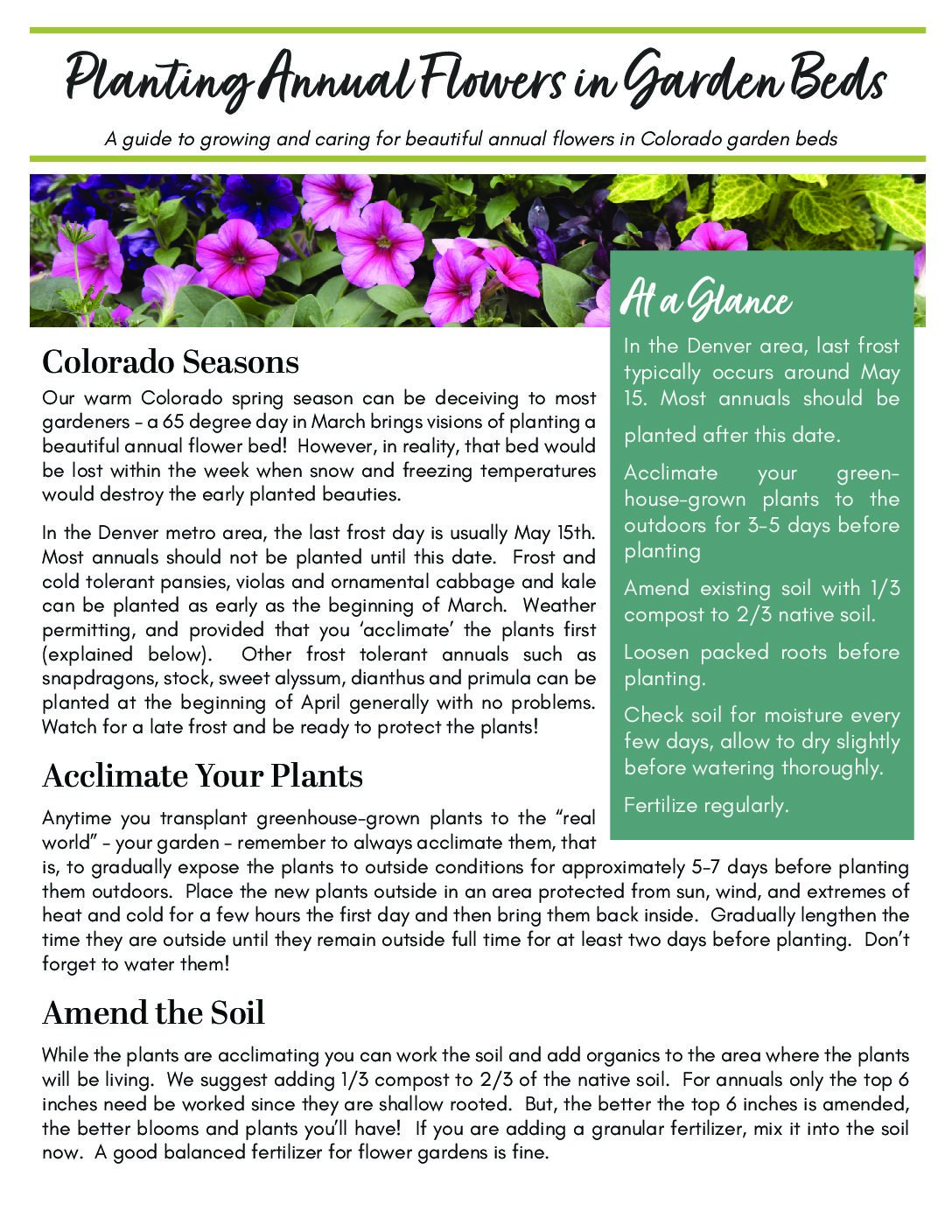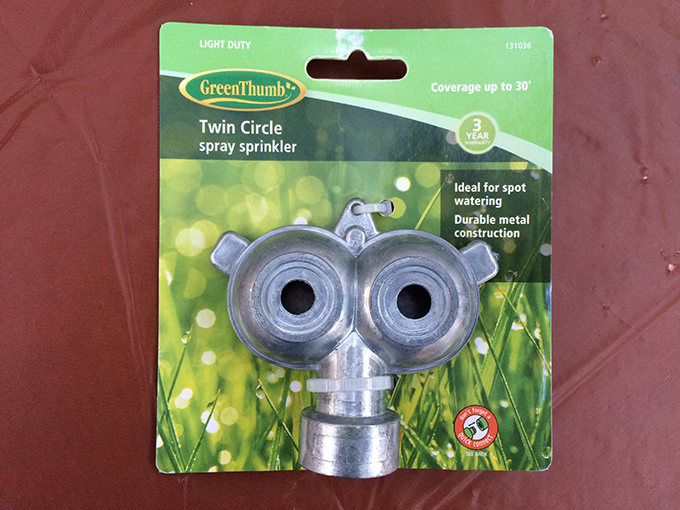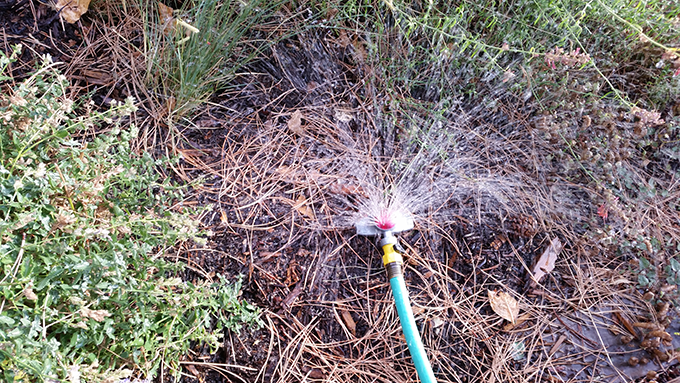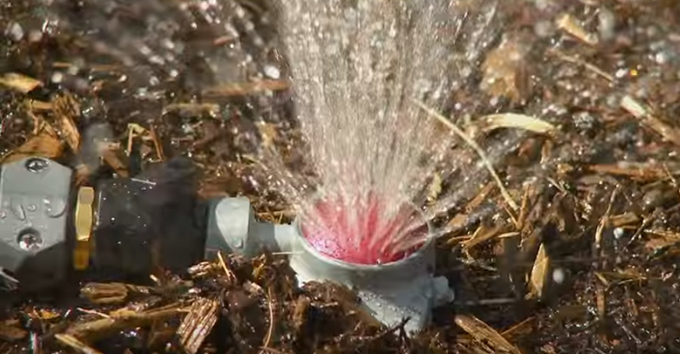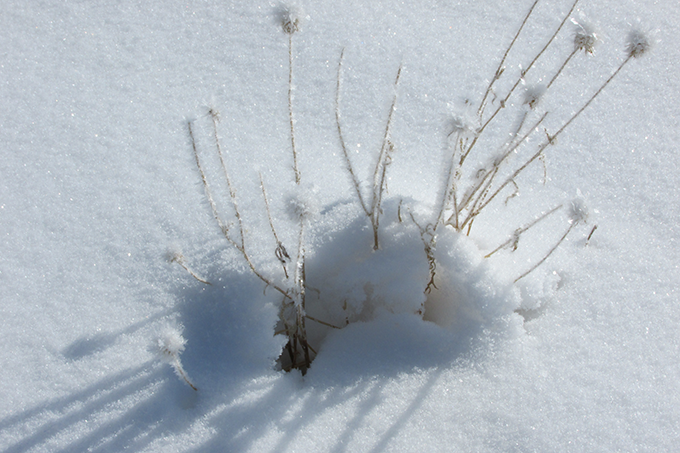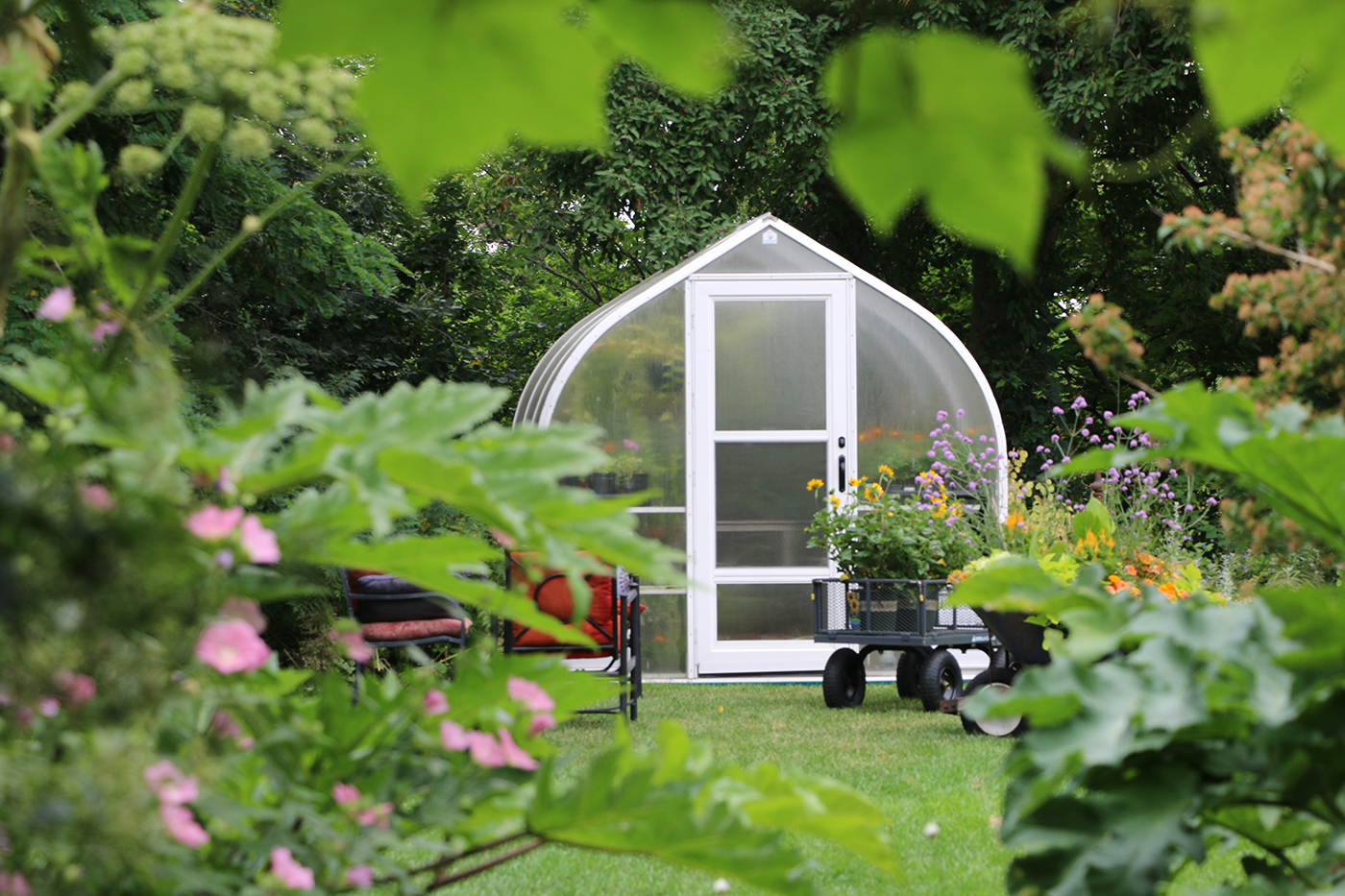If you love your landscape, then listen up! It’s time for some hose dragging!
You’ve heard me talk about the importance of winter watering before. But if you didn’t listen to those warnings before, listen now!
In the past week alone, the warm and windy weather has prompted red flag warnings along the Front Range twice! That’s troubling for anyone concerned about wild fire, but it’s also an indication that our plants could be suffering.
Most of Colorado’s Front Range hasn’t had any measurable moisture since mid-summer. We never got the August monsoons that are so essential for easing our plants into a healthy dormancy. As of early ______ we’re more than _____We need inches behind on moisture for the year. That’s big!
According to the National Weather Service, that shortfall means we are now in the early stages of a drought. And the forecasters are saying that between now and the end of January, our weather will be “significantly drier and warmer than normal.” Not good!
We need to be watering out plants now! Without our help or more cooperation from Mother Nature, our plants will go into winter seriously stressed. Like people, plants that are stressed will struggle with conditions that would otherwise be fairly manageable. For a plant, that means bitter cold temperatures in mid-winter, drying winds and prolonged dry spells could be seriously damaging… even deadly.
The good news: We can help!
If you value your landscape…. trees, shrubs, perennials…. even your lawn… it’s time to take action!
Temperatures that are well above seasonal norms mean our plants won’t be fully dormant. And that means they’ll be thirsty. Until consistent colder temperatures come to stay, we need to step in for Mother Nature. Fortunately, Tagawa Gardens has lots of ways to make that job easier.
As we wait for Old Man Winter to ramp up, decide which plants need your help the most. One good place to start is with the plants that are the newest…. the ones you put in during the past year or two. Focus especially on younger trees, shrubs and perennials. They’ll have the least-developed root systems. Their roots haven’t grown out enough to drink up even small amounts of natural moisture.
Plants, including lawns that have south- and south-west facing exposures are also especially vulnerable. A plant that appears to be dormant above ground still has a root system that’s working over the winter to support that plant. We just don’t see it because that work is going on below ground.
So where should your winter watering program begin?
Here is our winter watering video featuring Mike Landers, one of our tree and shrub experts and a certified arborist.
Every garden should have a “frog eye”
Even if you haven’t heard the name, you’ll recognize a “frog eye” sprinkler when you see one. It’s an old-fashioned, very basic watering tool. Tagawa’s has other similar sprinklers that are specifically designed with round, square and rectangular spray patterns. They are equally effective for winter watering.
Frog eyes and other small sprinklers are especially well designed for delivering a big drink of water to a small area, like right over the root system of a young tree. Set the sprinkler so its spray pattern is concentrated over the root ball… the roots the young tree or plant came with.
How much water is enough? It depends.
Set out a shallow can to measure how much water your hose and sprinkler are delivering. The amounts will vary depending on available water pressure and the particular sprinkler you’re using. Once you know how much water you can deliver, leave the sprinkler on long enough to give that root system a full inch of moisture. Continue with your watering regimen at least every two to three weeks until the ground freezes.
Soil needles can be valuable tools, too. Tagawa Gardens carries Ross Root Feeders, the familiar yellow soil probes that can deliver a lot of water to very specific areas, like right next to a young root system.
Our goal is still an inch of moisture over the entire root zone. I measure that by turning the hose on full, then holding the tip of the soil needle over a bucket so I can determine how many seconds it takes to deliver an inch of moisture.
The soil needle should be inserted a few inches into the soil, next to the roots of young trees and plants. With somewhat older trees, apply the water in a zig zag pattern at two-foot intervals around the “drip line.” That’s the outermost point of the lowest branches. It’s a fairly safe bet that will get water right over the plants feeder roots where it needs to be.
Just a reminder: more mature trees do not have feeder roots at the base of their trunk, so there’s no point watering there.
And one more tip: when I’m winter watering, I always make a point to use a small on/off valve at the end of the hose, between the hose fitting and the sprinkler. It saves a lot of back-and-forth to adjust the water volume when I’m moving to different areas of my yard.
It should go without saying that you’ll want to drain the hose and disconnect it from the wall bib after each use.
And down the road….?
Once winter actually arrives (assuming it does…), try to water your youngest and most valuable trees and plants every four to six weeks if we’ve gone a full month without significant moisture.
What do I mean by “significant?” Here’s a clue. On average, a foot of snow will deliver about an inch of moisture. Obviously, our heavy spring snows will deliver more. But the Colorado “powder” that skiers love may deliver less than an inch. So don’t assume that six or eight inches of powder is going to give your plants the mid-winter drink they need. And just a few inches of powder in storms several days apart may not help much at all.
Fingers crossed….
One of the first lessons I learned as a Colorado Master Gardener volunteer way back when has stuck with me to this day.
When I would answer the phone on the Master Gardener helpline in late June or July, once the heat of summer had set in, the single most common question was “What’s wrong with my tree? It started out the growing season just fine, but now it’s crashing!”
When I asked the caller how often they had winter watered, the answer was usually “How often did I winter what?”
Frequently, the homeowner hadn’t winter watered at all. The tree had come into spring on stored up energy. Trees are amazing that way. But then, when the temperatures started to climb and the tree’s root system needed to really kick in and deliver lots of moisture, the tree began to fail. Too much of the root system had dried out and died the previous winter. The fine feeder roots were done for and the damage was done.
Don’t let that happen to you! A bit of hose-dragging on sunny winter days, when the ground is warm enough to absorb the water, can make all the difference. Given the emotional and financial investment we have in our landscapes, it seems a small price to pay.
